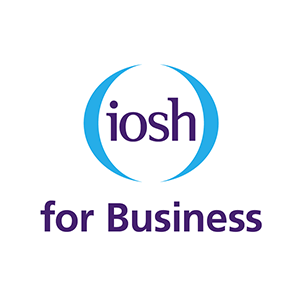How is the current operating climate impacting OSH performance and creating cultural erosion? That was the subject of the most recent meeting of the new IOSH Business Leader Forum*
Improvements to OSH culture can take years to achieve. Imparting knowledge, building skills and nurturing a positive mindset across entire workforces therefore often requires consistency in the operating climate.
But in reality, things rarely stay the same for long. Brexit, a pandemic, a cost-of-living crisis and various armed conflicts are just some of the factors that have affected the business landscape in recent years. One of the biggest impacts on OSH performance and culture is instability in the workforce – a notable global consequence of recent disruption.
Workers are moving between jobs in great numbers, looking to meet their own needs and expectations. Managers and supervisors too are on the move, creating skills and knowledge vacuums across workforces. Significant changes in the migrant worker demographic are also requiring businesses to backfill displaced staff. Sickness absence only compounds the problem.
Meanwhile, the elevated profile of safety, health and wellbeing has shifted the way that OSH is understood. On the one hand, expanded parameters have undeniably energised the profession. On the other, this has diverted attention away from the elements of good, safe work.
Embedding safe ways of working takes time, money, vigilance, training, coaching and consistent communication. The aspirations of future-facing businesses should be to aim for good OSH as a core value across all their activities, and to nurture a positive and engaged attitude towards OSH within the workforce.
Those who already possess more mature OSH cultures, meanwhile, must maintain safe and healthy work behaviours among their changing workforces. So how are leaders in these businesses meeting the challenge?
Martin Bardle is the global director for employee health and safety and quality compliance at Reckitt
“We complete a programme focused on leading sustainable performance, focused on wellbeing and cognitive capacity. It looks at key areas of risk, developing our management systems in line with our OSH policy, global standards, code of business conduct and location-specific guidance.
“We continue to work on addressing our safety hotspots and support sites through our internal audit programme, but we recognise that health and safety can’t flourish without a genuine safety culture.”
Malcolm Staves is global VP for health and safety at L’Oréal
“Post-pandemic, there’s more awareness of the importance of health and wellbeing, and also a scarcity of resources due to world events.
“There’s greater demand for products and volumes but, equally, employment and talent challenges.
“Our focus is on resetting our fundamental initiatives. We’re changing the conversation through the “why” of health and safety and simplifying tools, all to drive towards a true culture of care.
“We can’t take our eye off the ball, so we’re getting the important things – like preventing catastrophic events and ensuring effective leadership – under control rather than focusing on the little things.”
Another way businesses are getting back in control of their occupational safety and health is with the help of IOSH for Business.
This package of solutions and services from IOSH, the world’s Chartered body for health and safety professionals, provides strategic support to help companies assess their OSH maturity, identify opportunities for improvement and plot the way ahead.
With IOSH for Business, leaders from any department can transform the culture of their organisation, understand how OSH adds value, and use it to boost productivity, reputation and profit.
Learn more about IOSH for Business at www.iosh.com/business or by emailing [email protected].
Angela Gray CMIOSH – IOSH technical lead

